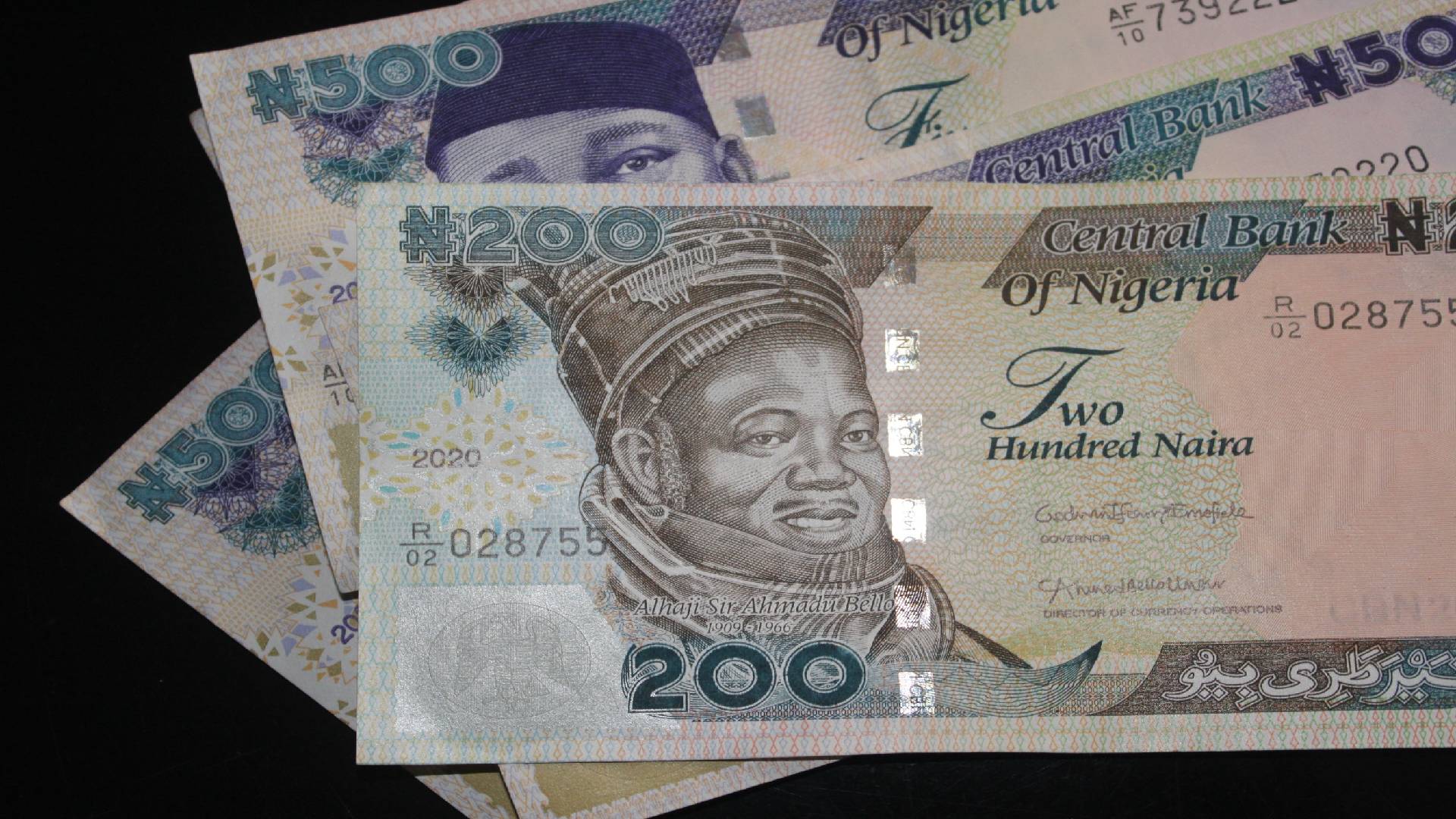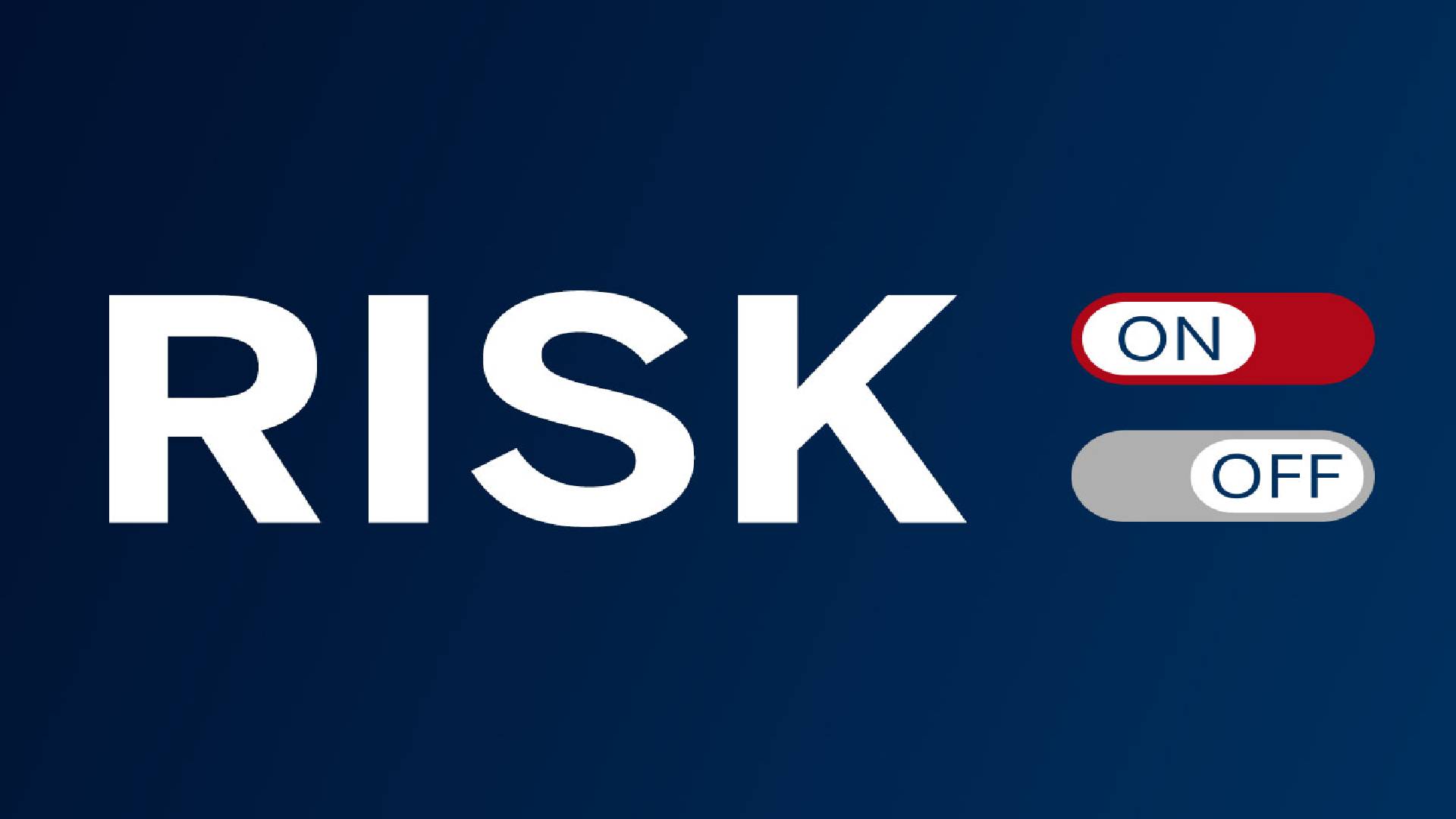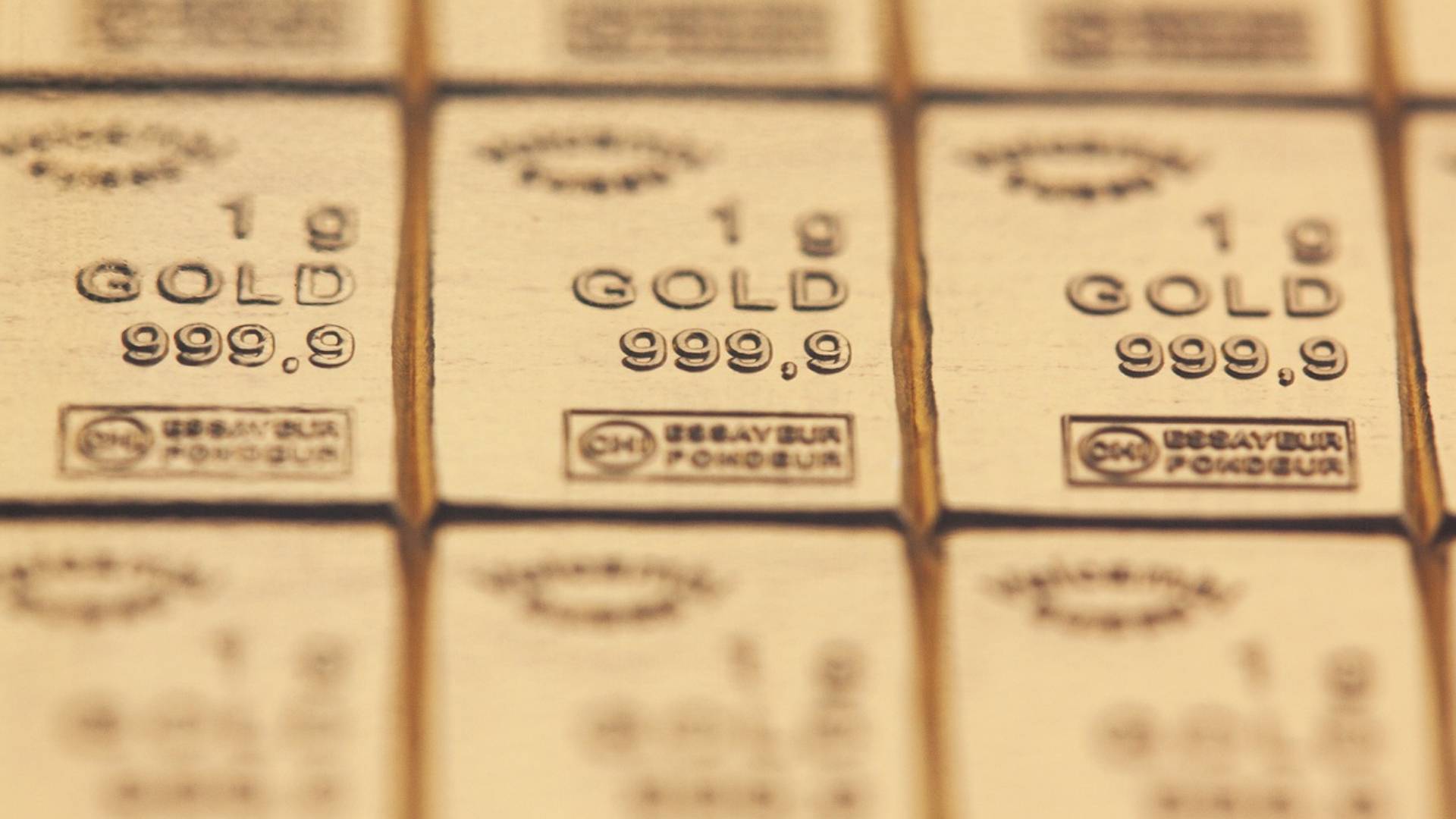 Donchian Channel is a channel-based technical analysis indicator for trading in financial markets. It is a type of moving average indicator and a look-alike of other support and resistance trading indicators, such as very popular Bollinger Bands. Donchian Channel was developed by Richard Donchian – a pioneer of mechanical trend following systems. Traders usually use the Donchian Channel to assess the volatility of a market. How does Donchian Channel work? What are the pros and cons of it? Let’s find out below.
Donchian Channel is a channel-based technical analysis indicator for trading in financial markets. It is a type of moving average indicator and a look-alike of other support and resistance trading indicators, such as very popular Bollinger Bands. Donchian Channel was developed by Richard Donchian – a pioneer of mechanical trend following systems. Traders usually use the Donchian Channel to assess the volatility of a market. How does Donchian Channel work? What are the pros and cons of it? Let’s find out below.
Donchian Channel explained
Donchian Channel are three lines generated by moving average calculations that comprise an indicator formed by upper and lower bands around a mid-range or median band. The upper band marks the highest price of a security over “N” periods while the lower band marks the lowest price of a security over “N” periods. The area between the upper and lower bands represents the Donchian Channel. Career futures trader Richard Donchian developed the indicator in the mid-twentieth century to help him identify trends and assess the volatility of a market. He would later be nicknamed “The Father of Trend Following.”
So, the Donchian Channel chart seeks to identify bullish and bearish extremes that favor reversals as well as breakouts, breakdowns and emerging trends, higher and lower. Moreover, the middle band simply computes the average between the highest high over “N” periods and lowest low over “N” periods, identifying a median or mean reversion price. The Donchian Channel is available on most trading platforms. On a charting program, a line is marked for the high and low values visually demonstrating the channel on the market’s price (or other) values.
The Donchian Channel is a useful indicator for seeing the volatility of a market price. If a price is stable the Donchian Channel will be relatively narrow. If the price fluctuates a lot the Donchian Channel will be wider. Its primary use, however, is for providing signals for long and short positions. If a security trades above its highest n periods high, then a long is established. If it trades below its lowest n periods low, then a short is established.
Originally the “N” periods were based upon daily values. With today’s trading platforms, the period may be of the value desired by the trader, i.e.: day, hour, minute, ticks, etc.
Donchian Channel formula
Donchian Channel has a simple plot of highest high and lowest low of the last “N” periods. As written earlier, the “N” period is based on the trader’s choice. The indicator does not include the current price bar in the calculation. In other words, if you choose to apply the indicator over 20 candlesticks, the bands are calculated and plotted based on the 20 prior candlesticks.
The formula for Donchian Channel is:
Upper Channel = Highest High in last N periods
Middle Channel = ((Upper Channel − Lower Channel) / 2)
Lower Channel = Lowest Low in last N periods
Donchian Channel – how to use?
What are the Donchian Channel trading rules? Donchian Channel identifies comparative relationships between current price and trading ranges over predetermined periods. Three values build a visual map of price over time, similar to Bollinger Bands, indicating the extent of bullishness and bearishness for the chosen period. The top line identifies the extent of bullish energy, highlighting the highest price achieved for the period through the bull-bear conflict. The center line identifies the median or mean reversion price for the period, highlighting the middle ground achieved for the period through the bull-bear conflict. The bottom line identifies the extent of bearish energy, highlighting the lowest price achieved for the period through the bull-bear conflict.
So, the Donchian Channel is mainly used to identify the breakout of a stock or any traded entity enabling traders to take either long or short positions. Traders can take a long position, if the stock is trading higher than the Donchian Channel “N” period and book their profits/short the stock if it is trading below the Donchian Channel “N” period. Also, note that you need to confirm the uptrend or downtrend, with two consecutive touchpoints of the Donchian Channel before pulling the trigger on a trade.
The middle band is also useful. It is the average of the upper and lower bands. The middle band in Donchian Channel could also be used as a breakout indicator. If the stock rises above the middle band of the Donchian Channel, then you can open a long position. On the contrary, if the stock is trading below the middle band of the Donchian Channel, then a trader can open a short position.
Advantages of using the Donchian Channel
Over time, the Donchian Channel has proven itself to be a highly useful trading indicator in terms of its ability to identify market volatility and create a price range that contains the highs and lows of a given time interval. When asset prices are stable, Donchian Channel narrows to show a constricted range and limited profit potential for day traders.
When market prices fluctuate to a larger degree, Donchian Channel readings will widen and this tends to be the type of environment that lends itself well to trading gains in both directions (bullish and bearish). In these ways, Donchian Channel can be used by traders looking to establish long positions and short positions depending on the broader trajectory of the market.
Donchian Channel – drawbacks
Markets move according to many cycles of activity. An arbitrary or commonly used “N” period value for Donchian Channel may not reflect current market conditions, generating false signals that can undermine trading and investment performance. Furthermore, the low flat stocks are not bound by any indicator, especially Donchian Channel. The challenge with the Donchian Channel is that it does not factor in the most recent market volatility. The indicators provide an equal weighting to all data points. Therefore, when a low float stock picks up and goes on a run, the lower bounds do not capture the price movements quickly enough, thus risking giving back more paper profits than necessary.








